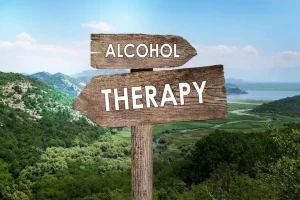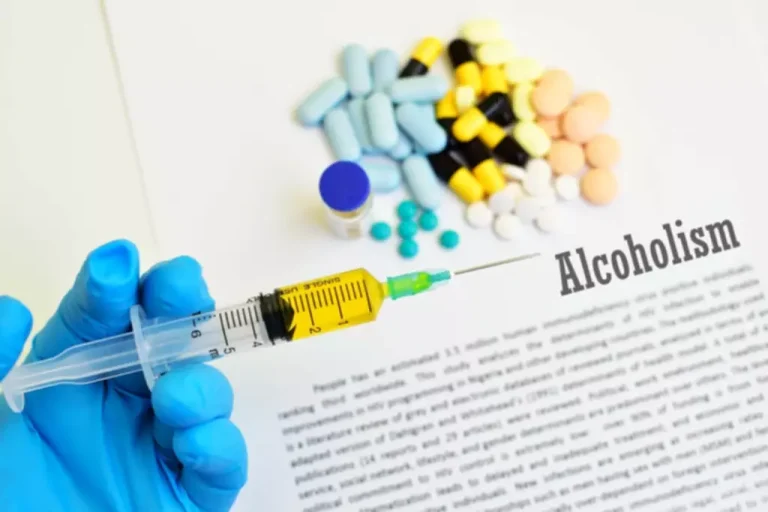Warning: Trying to access array offset on value of type bool in /var/www/wp-content/themes/enfold/framework/php/function-set-avia-frontend.php on line 536
Alcohol and Drug Use NYC Health

Blood doping is a practice whereby athletes receive blood transfusions or use synthetic oxygen carriers to increase their blood’s oxygen-carrying capacity. This equates the more oxygen for the muscles, which comes with a performance boost. While the athlete’s own blood can be https://ecosoberhouse.com/ used if stored ahead of time, same-type blood from a third party is also an option. Erythropoietin is a hormone produced by the kidneys in response to insufficient oxygen in the body cells. It functions by stimulating the production of red blood cells in the bone marrow.

International Patients

For example, all else being equal, adolescent alcohol use would theoretically be lower in a community that had numerous alcohol-free social activities available that were reinforcing to young people than a community that did not have such alternative activities. Behavioral economic theory also posits that alcohol and drug use will be lower when individuals are orientated toward future rewards incompatible with substance use, such as successful educational and vocational outcomes (Murphy & Dennhardt, 2016). Therefore, environmental interventions that promote such a future-based orientation may result in diminished desire to obtain short-term reinforcement from alcohol and drug use. To date, the literature is filled with a limited number of high-quality systematic reviews in the field of addiction related to athletes and these studies mainly examine a small number of studies [14,15,26,27,29]. There appears a need for more rigorous high-quality studies looking at direct head-to-head comparisons between athletes and non-athletes in the field of addiction with an emphasis on treatments.
- In this review, an attempt will be made to explore the literature related to some of the most common substances of abuse with an emphasis on alcohol, opioids, nicotine, cocaine and marijuana.
- But it also is used to increase energy and focus, and those who are suspended for it do not have exemptions.
- The violations have affected every team in the league and every position on the field, including players who have been named to the Pro Bowl and even long snappers, quarterbacks and at least one placekicker.
- On the one hand, he said the NFL’s program is better than many others that are compliant with the rules of the independent World Anti-Doping Agency.
Addiction Institute at Mt Sinai West
- This app provides information about the health effects of performance enhancing drugs (doping) through an interactive virtual reality style experience.
- This program includes a variety of environmental interventions grouped across three accreditation levels.
- For an NFL wide receiver, maybe it’s the possibility that an easily obtained Adderall prescription could improve his reflexes.
- The explanation behind his appeal was that he ingested the drug unknowingly by eating contaminated beef in Mexico.
- With intelligence-driven testing, the idea is to profile and target athletes suspected of doping based on observations, whistleblowers, unusual speed or weight increases, or if they’re coming back from an injury.
If you need the medicine for a legitimate medical reason, you may be granted a Therapeutic Use Exemption. A Therapeutic Use Exemption allows an athlete to use an otherwise banned substance. Commonly used medicines such drug use in sports as insulin, some asthma medicines and pseudoephedrine may be banned for some people because they enhance performance. Initially, the athlete you care about probably knows more about their addiction than you do.
Find a health service

The percentage of athletes who use drugs is not an easy number to pin down, especially among professional teams. However, significant research on high school and college athletes shows the problem is widespread. The professional leagues’ approaches to their substance abuse programs vary as well. In the NFL, upon testing positive for a banned PED, the player is notified and the sample (which is split in half during the original phase of testing) is re-tested. Mandatory physical examinations are conducted to rule out naturally occurring high levels of chemicals (such as testosterone), and psychological examinations may also be conducted in case of suspected addition.

Treatment for Athletes at Gateway
Athletes drink and use drugs for several reported reasons; to socialize, self-medicate pain/anxiety, and help falling asleep. When using is intended to improve athletic performance or mask banned substances, it is considered doping. It is thought that athletes’ attitudes towards drugs are heavily influenced by the culture of sports [1]. Considering these promising findings, as well as the overall support for different types of environmental interventions in other populations, athletic organizations should consider contextual strategies designed to limit alcohol and other drug use. Many large organizations have clear rules and policies built into their larger systems, such as suspensions for positive drug tests or alcohol-related arrests.
- If you or anyone you know is undergoing a severe health crisis, call a doctor or 911 immediately.
- Proponents of allowing athletes to blood-dope argue that blood-doping is already so prevalent that banning it now would lessen the sport, that the methods are safe for athletes, and that the same effects can be achieved by working out at high altitudes.
- Involvement in athletics appears to be inversely related to cigarette smoking and illicit drug use [13,14].
- In one study, tobacco use decreased by about 15.5% over a 10-year period incorporating these methods [31,39].
- These include (1) safety and well-being of the athlete, (2) fair competition and (3) integrity of sport.
Should Professional Athletes Be Drug Tested?
- By the 1952 Games, rumours spread the Soviet weightlifters were experimenting with substances to improve their performance.
- As little as one brief intervention session with athletes demonstrated decreased alcohol use, frequency and alcohol related consequences three months later [40].
- Doing your research helps the person with addiction take you more seriously, and shows you’re truly interested in helping.
- Motivational interviewing (MI), Cognitive behavioral therapy (CBT) and Contingency Management (CM) are implemented to increase motivation to decrease use and ultimately change their behaviors.


